Image

Image
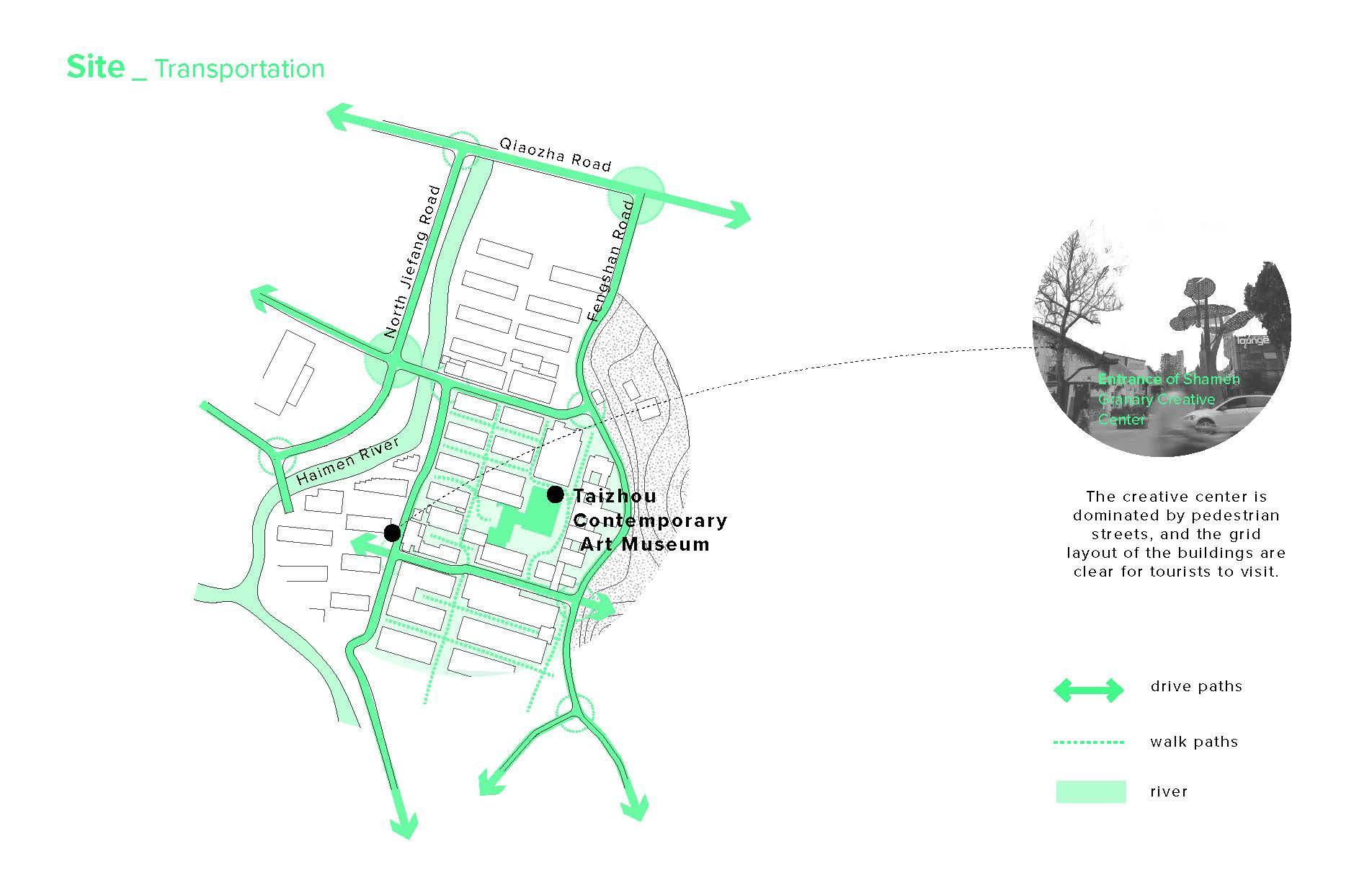
Image
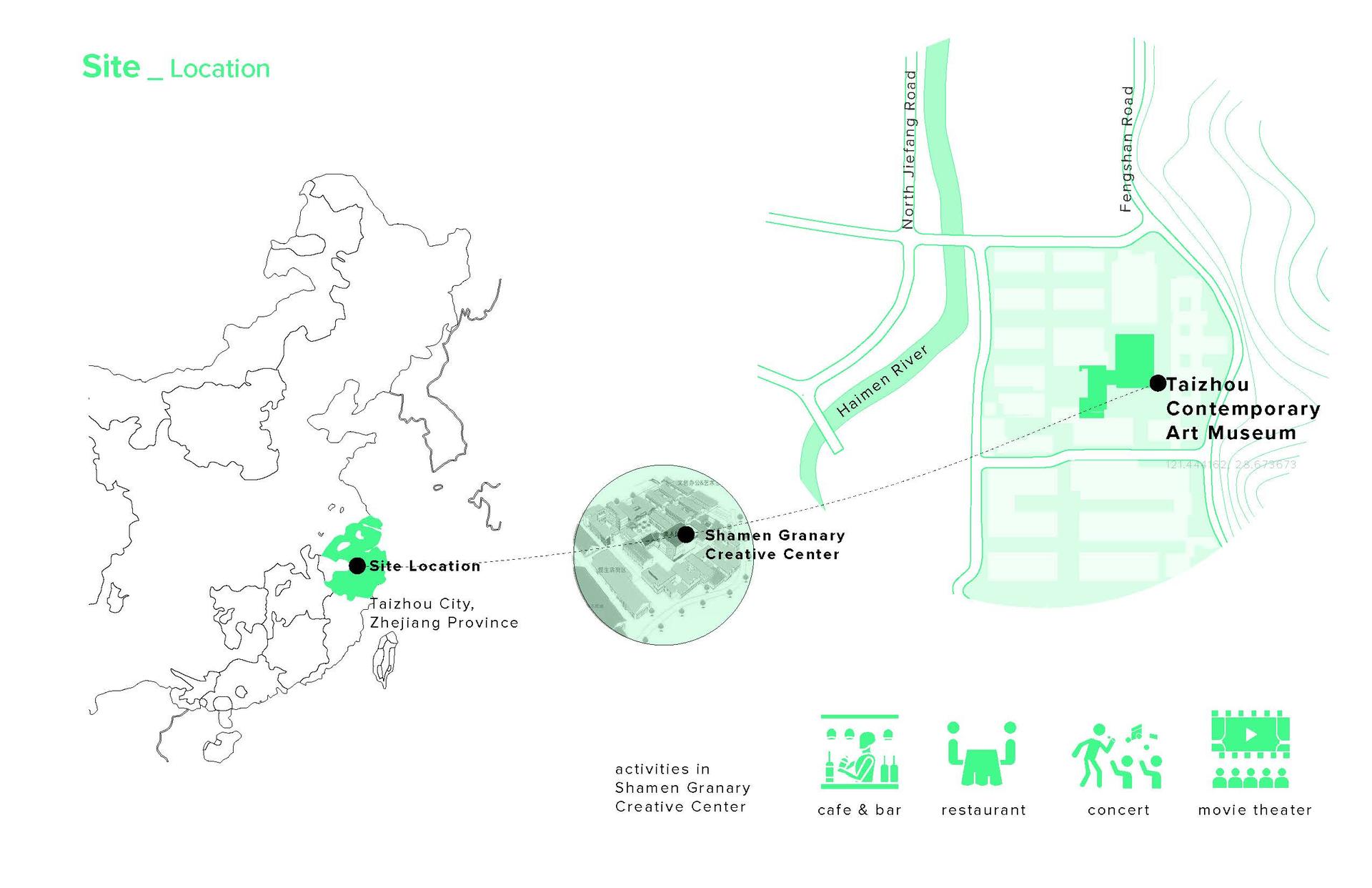
Image
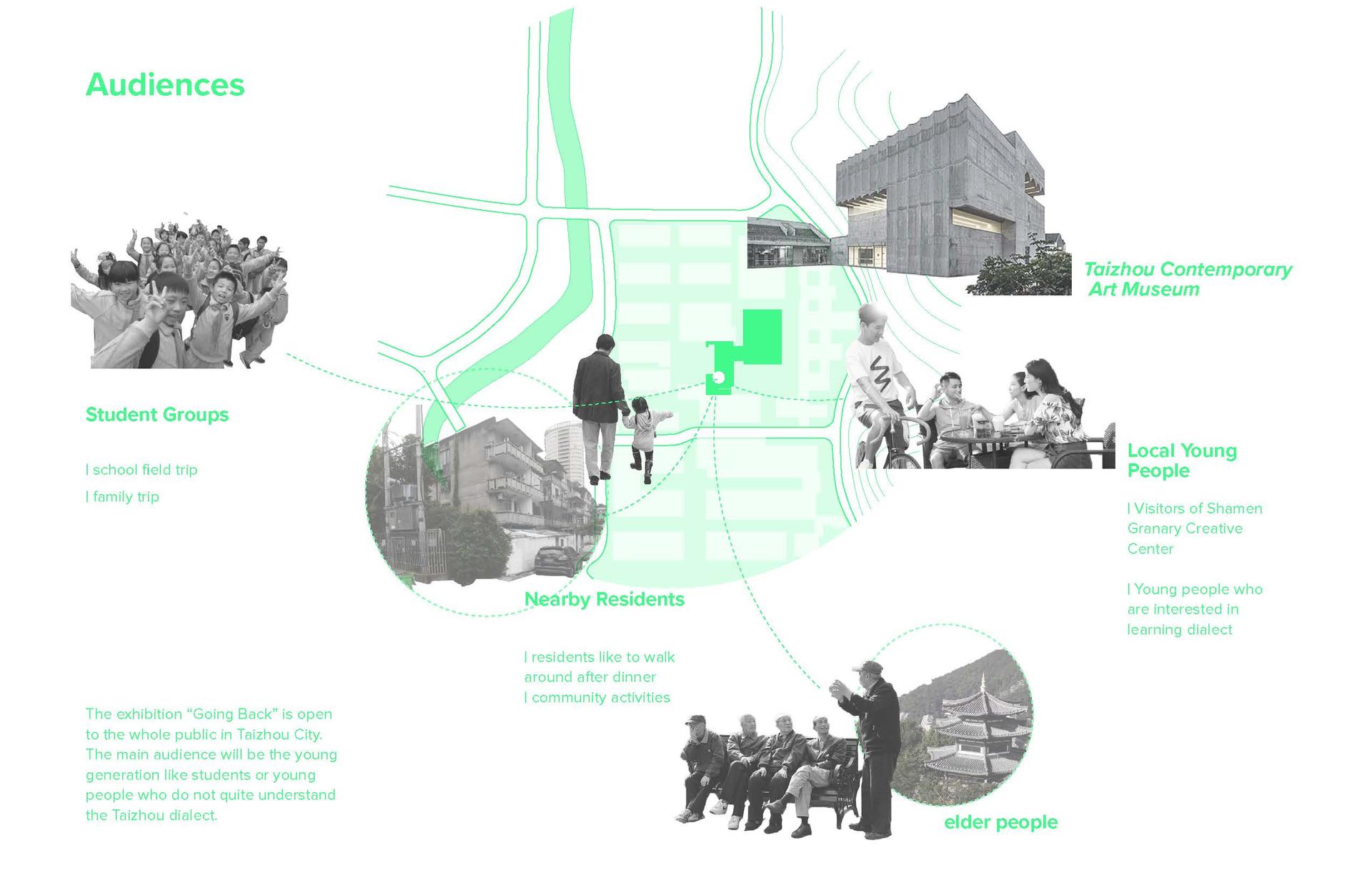
Image
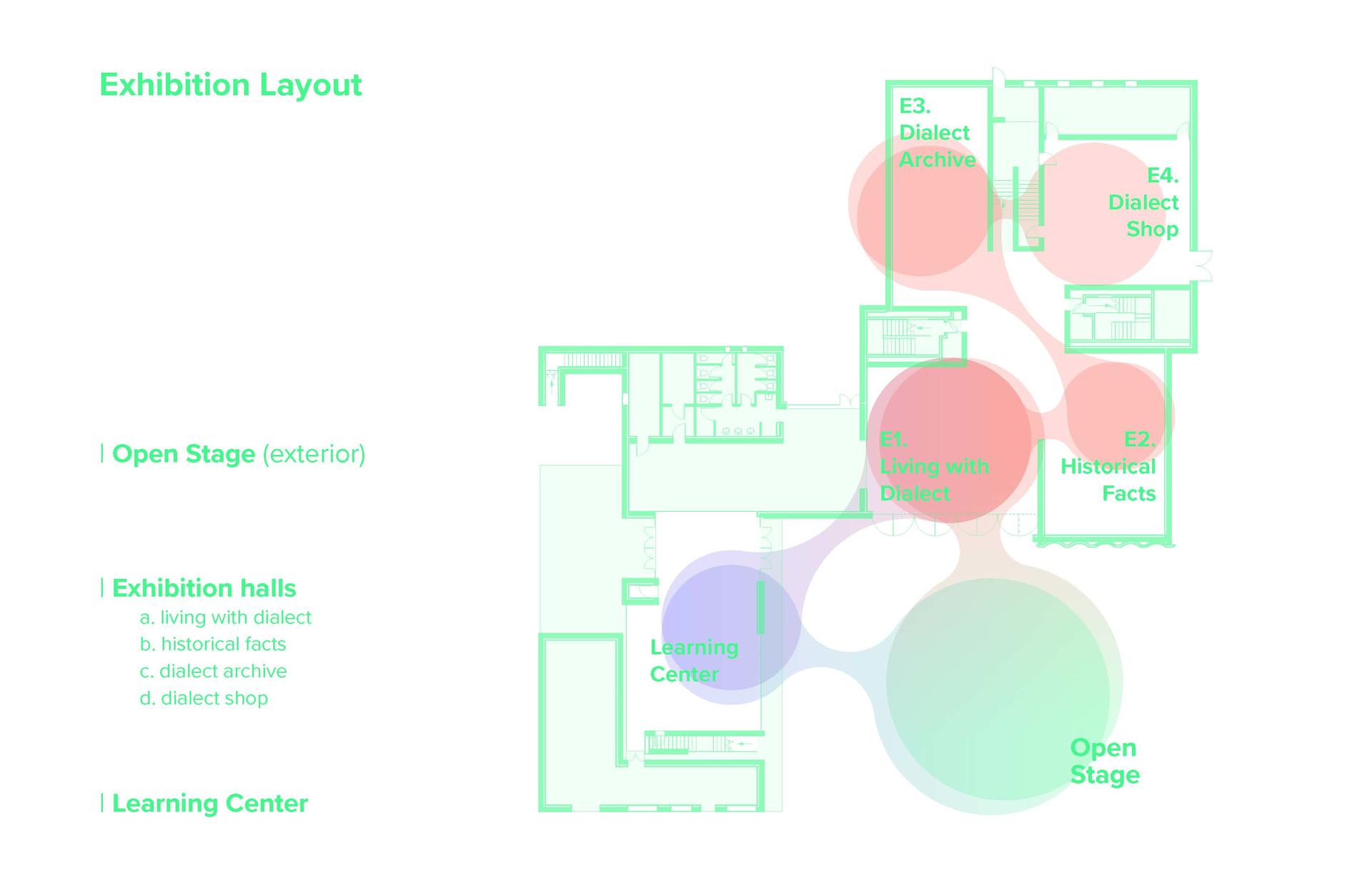
Image

Image
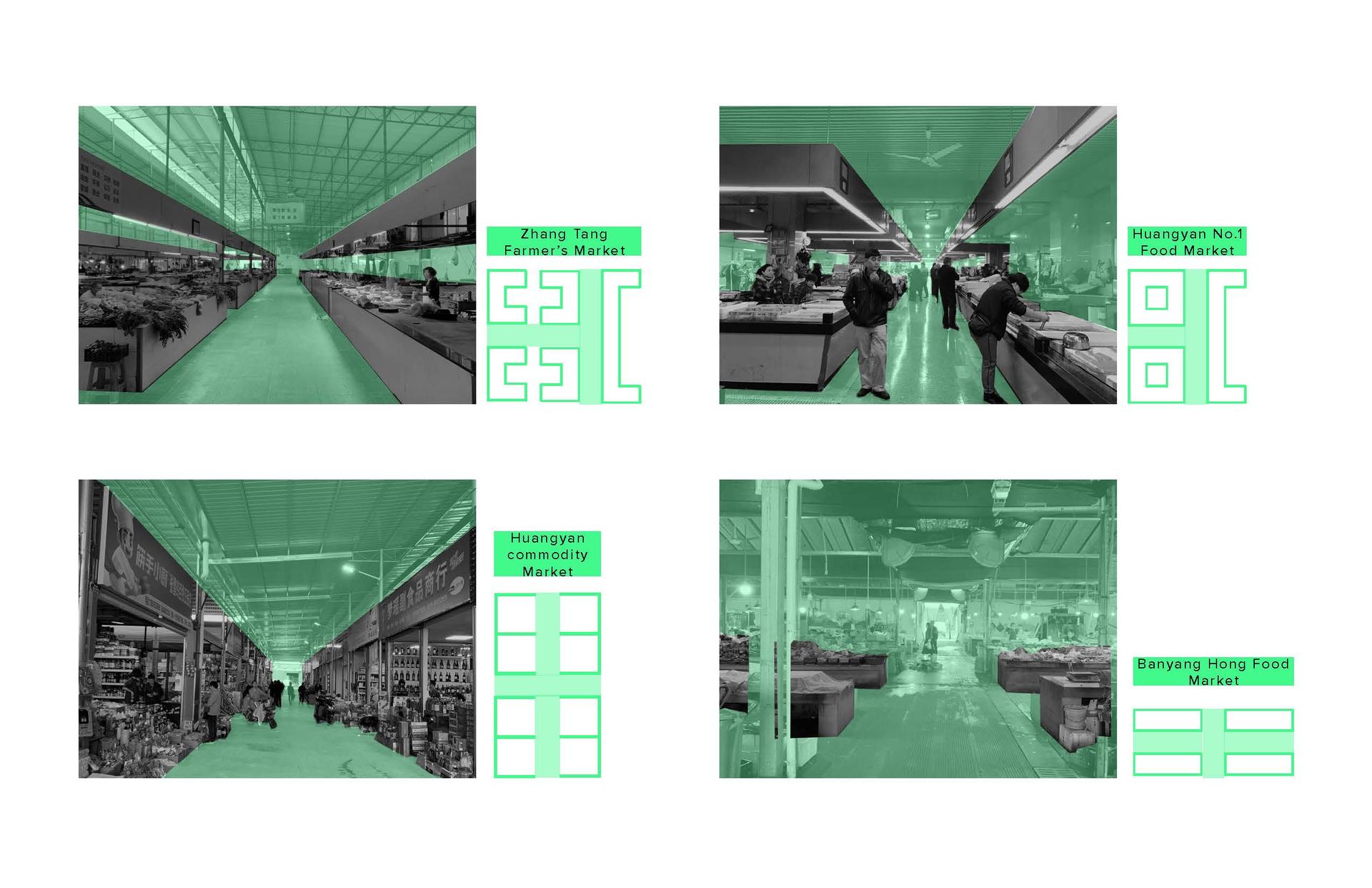
Image
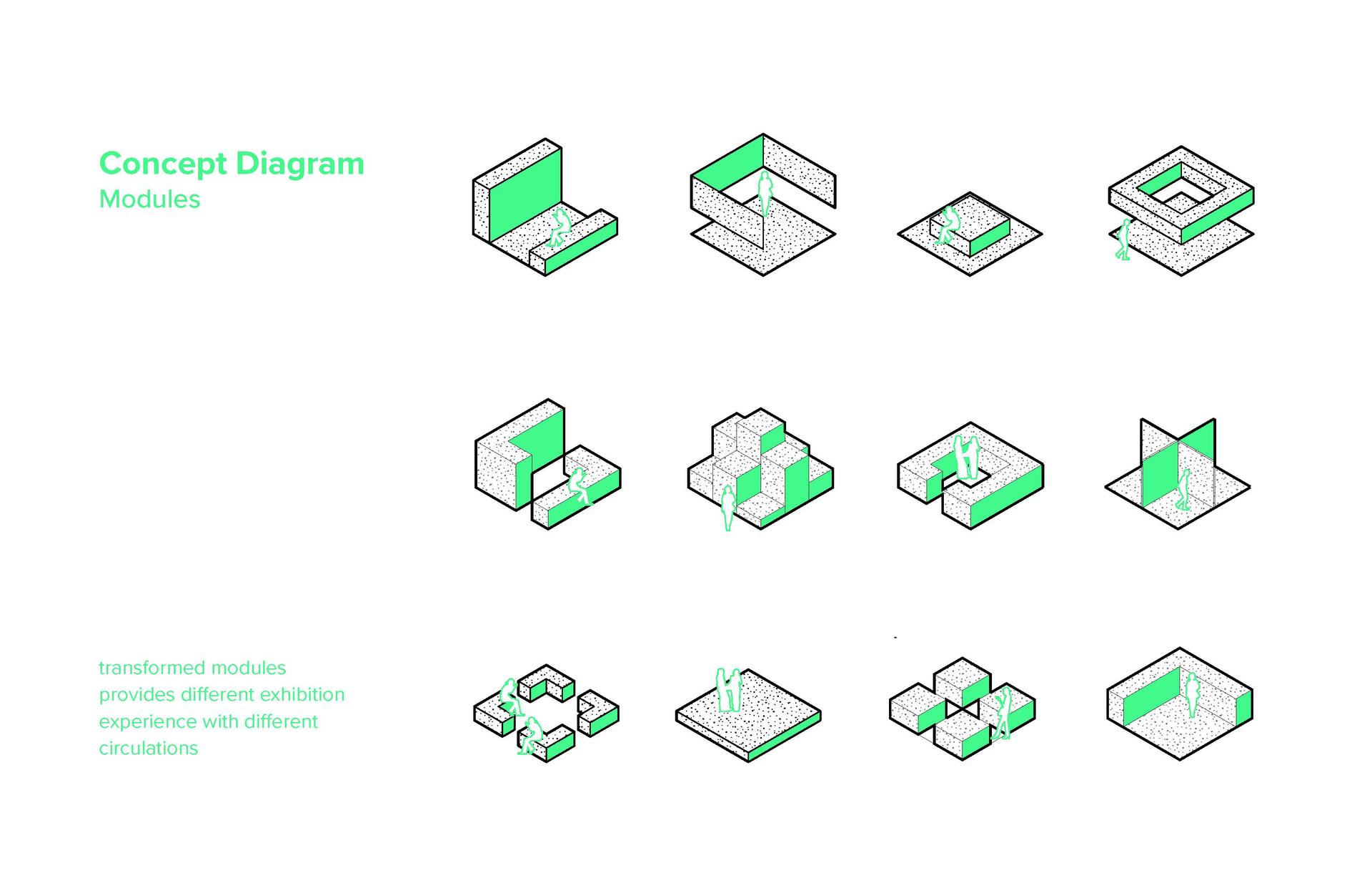
Image
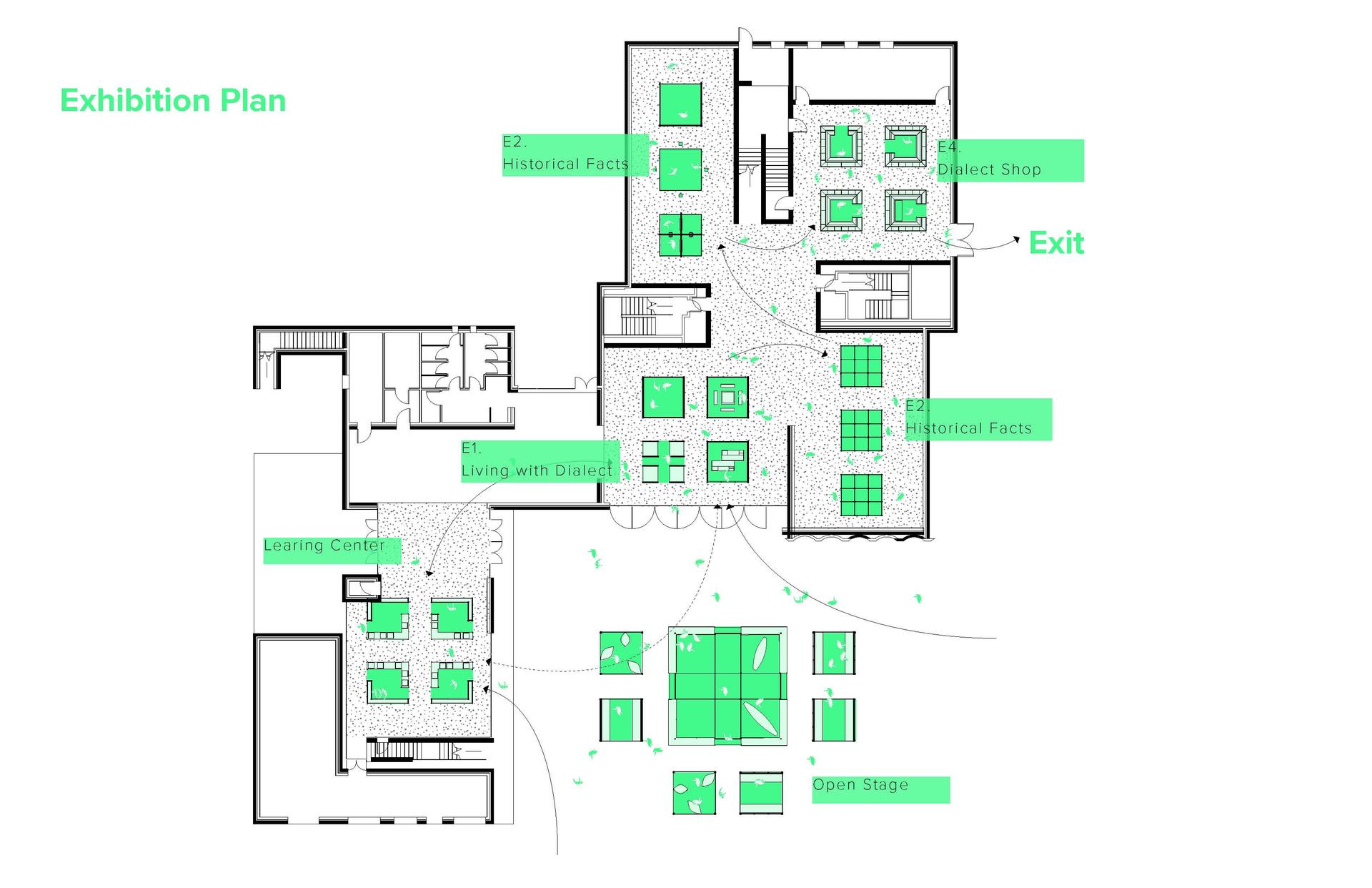
Image
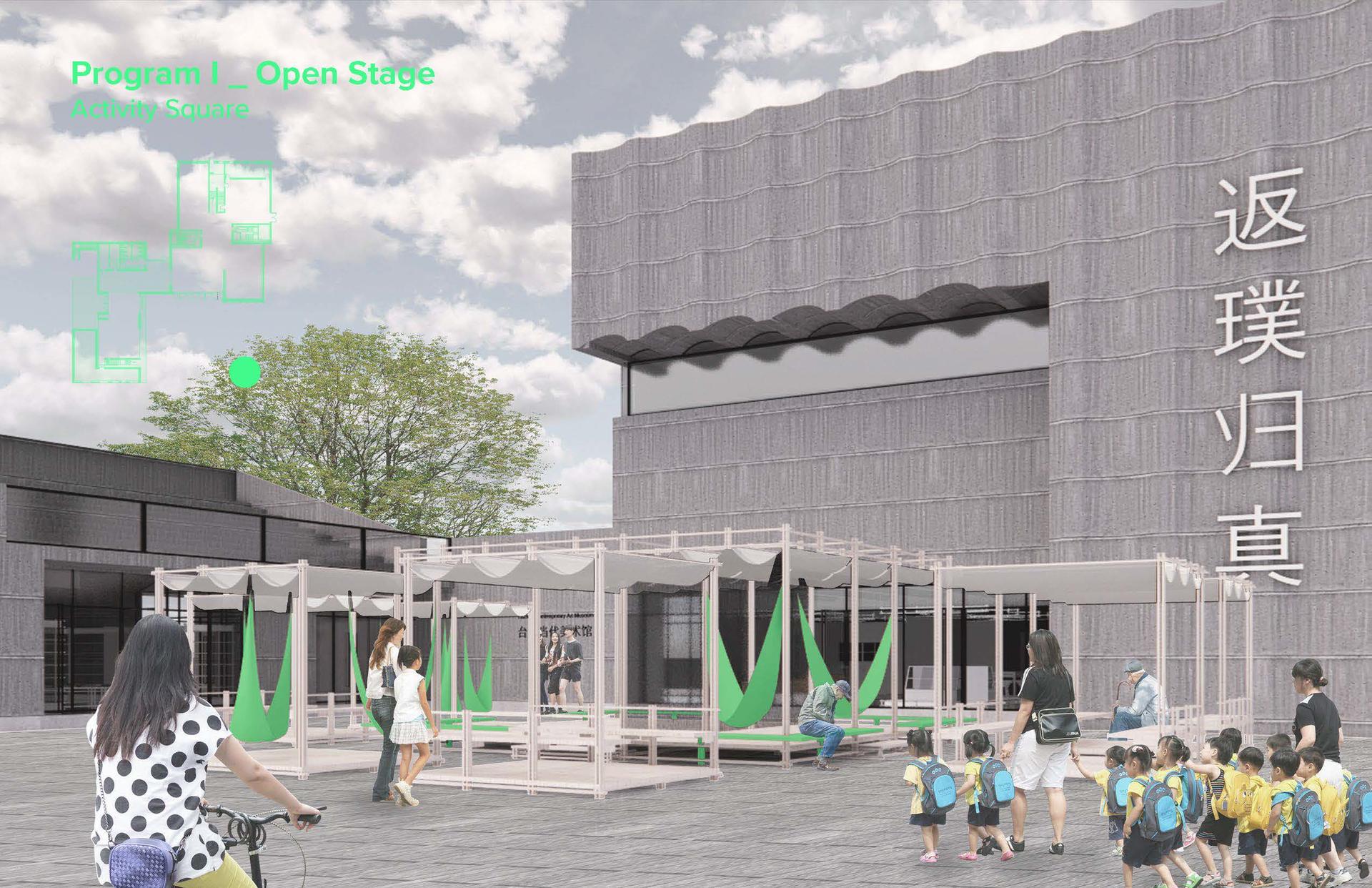
Image
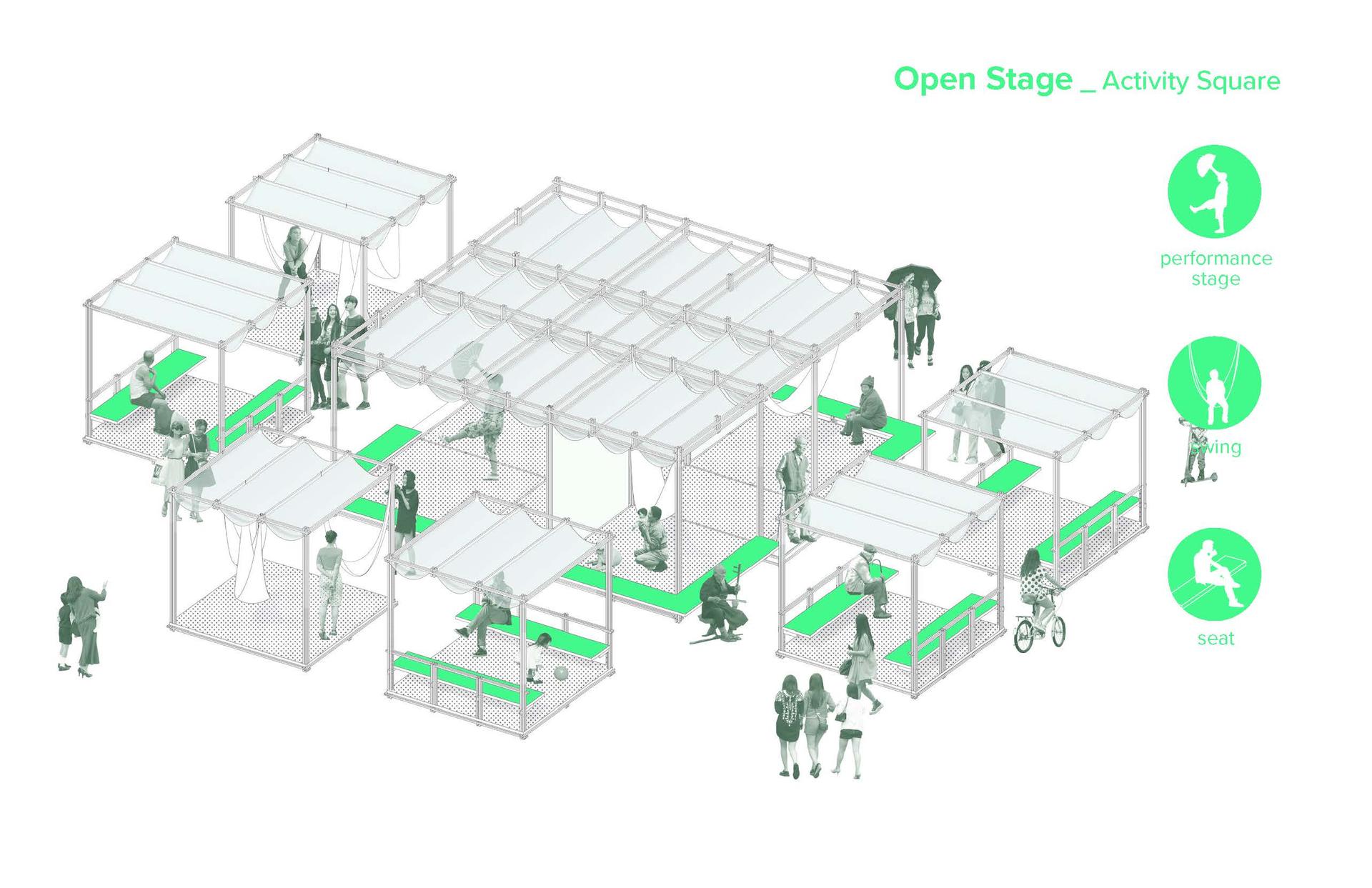
Image
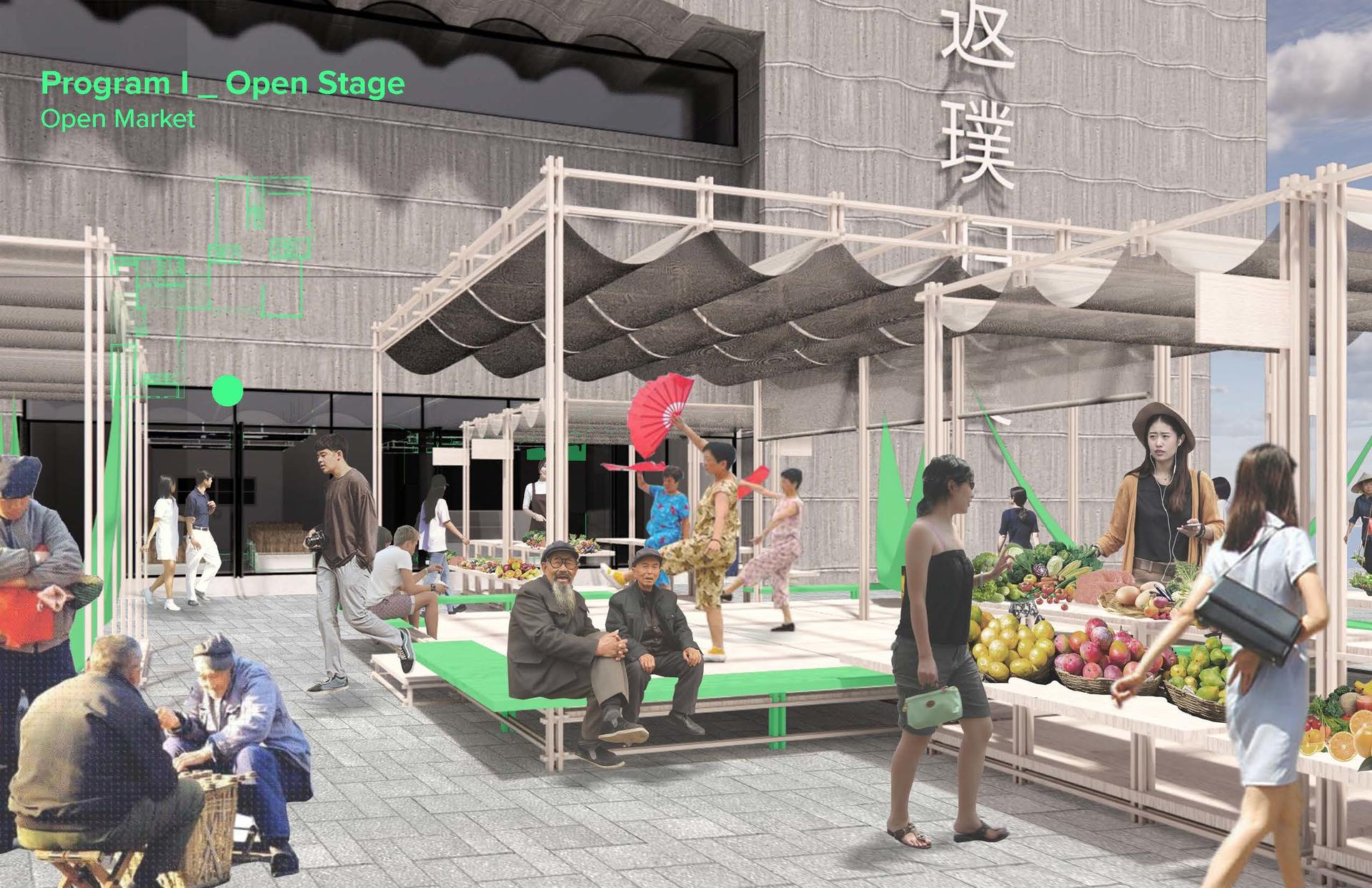
Image
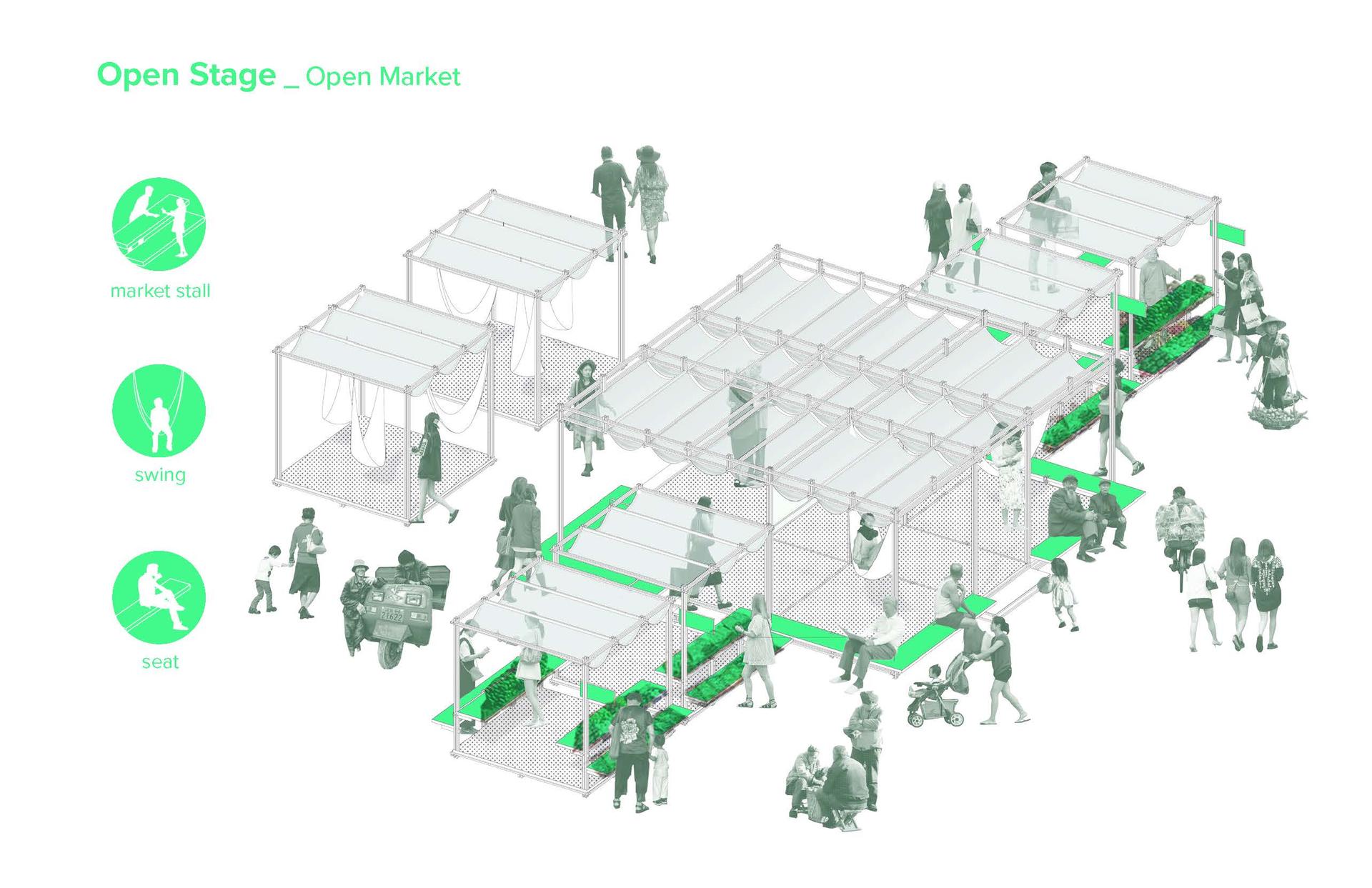
Image
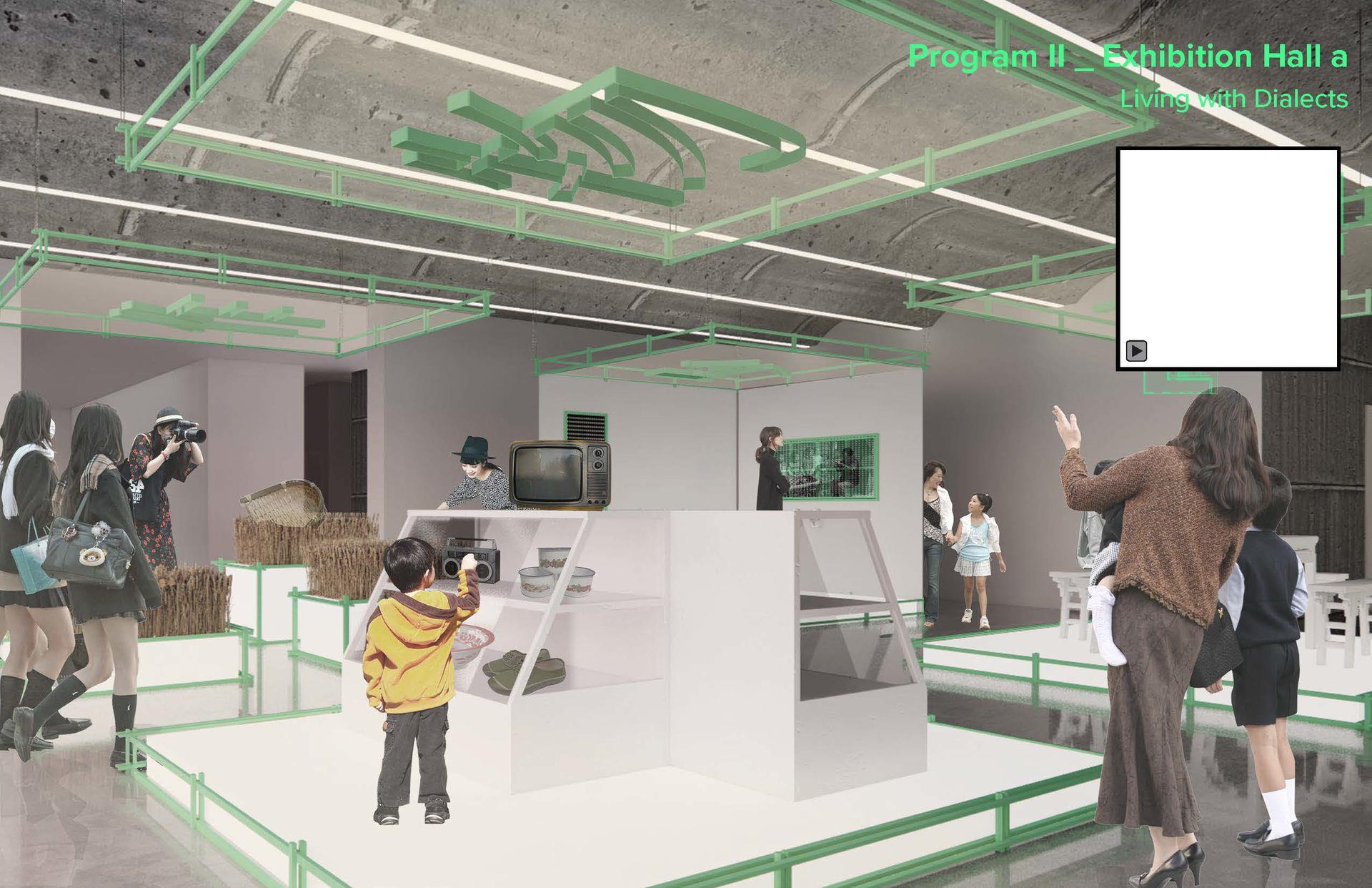
Image
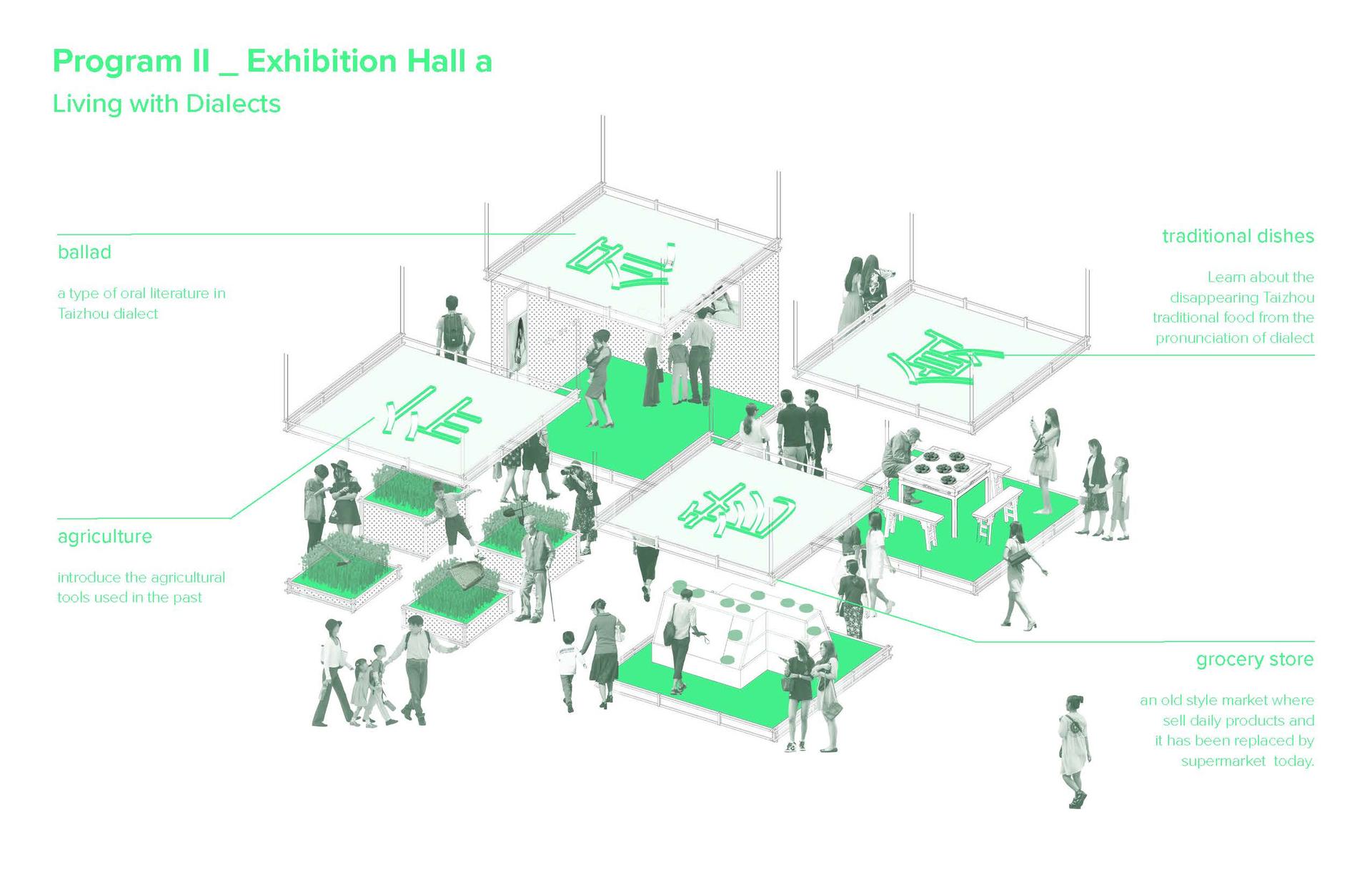
Image

Image
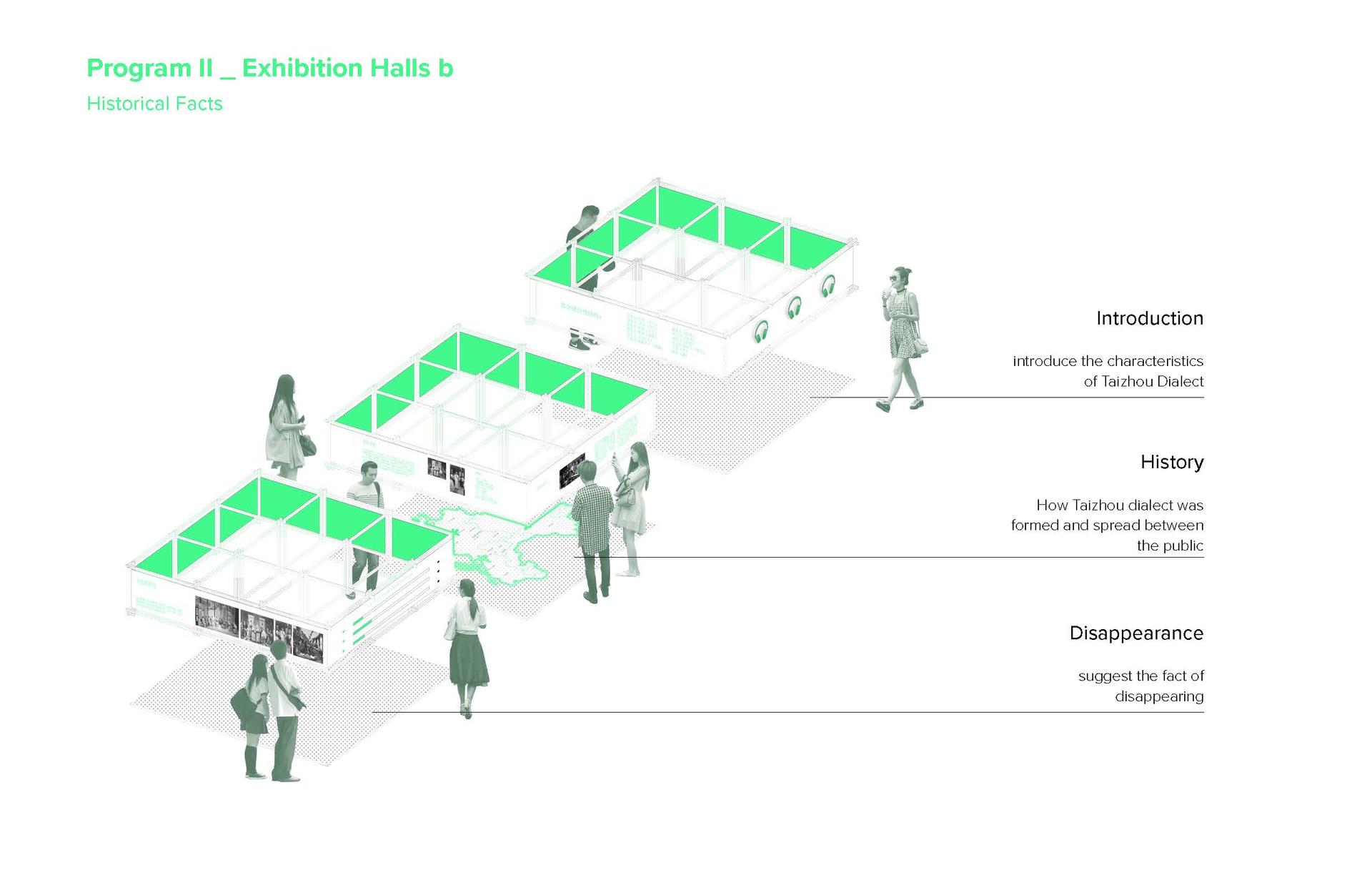
Image

Image
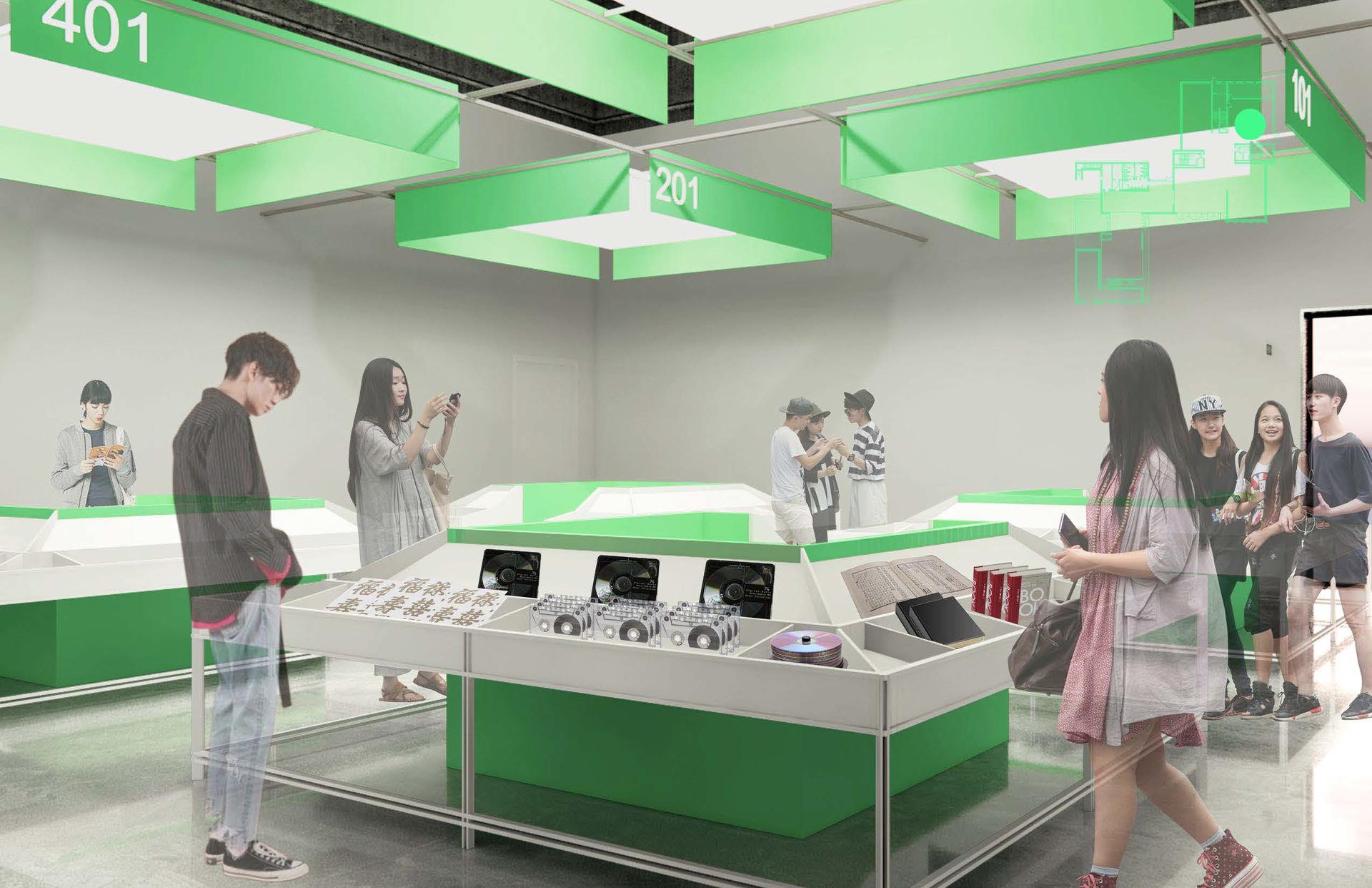
Image
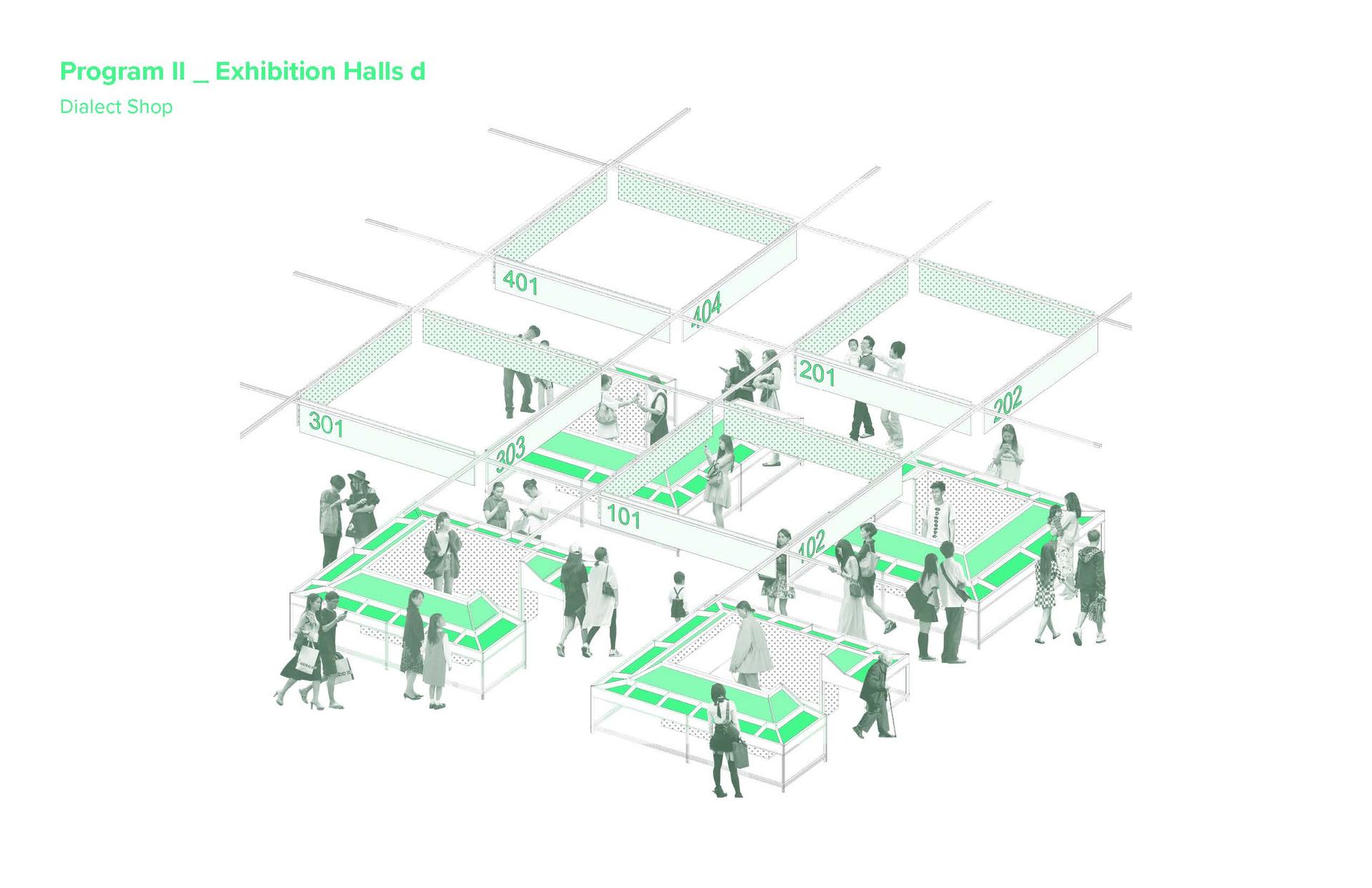
Image
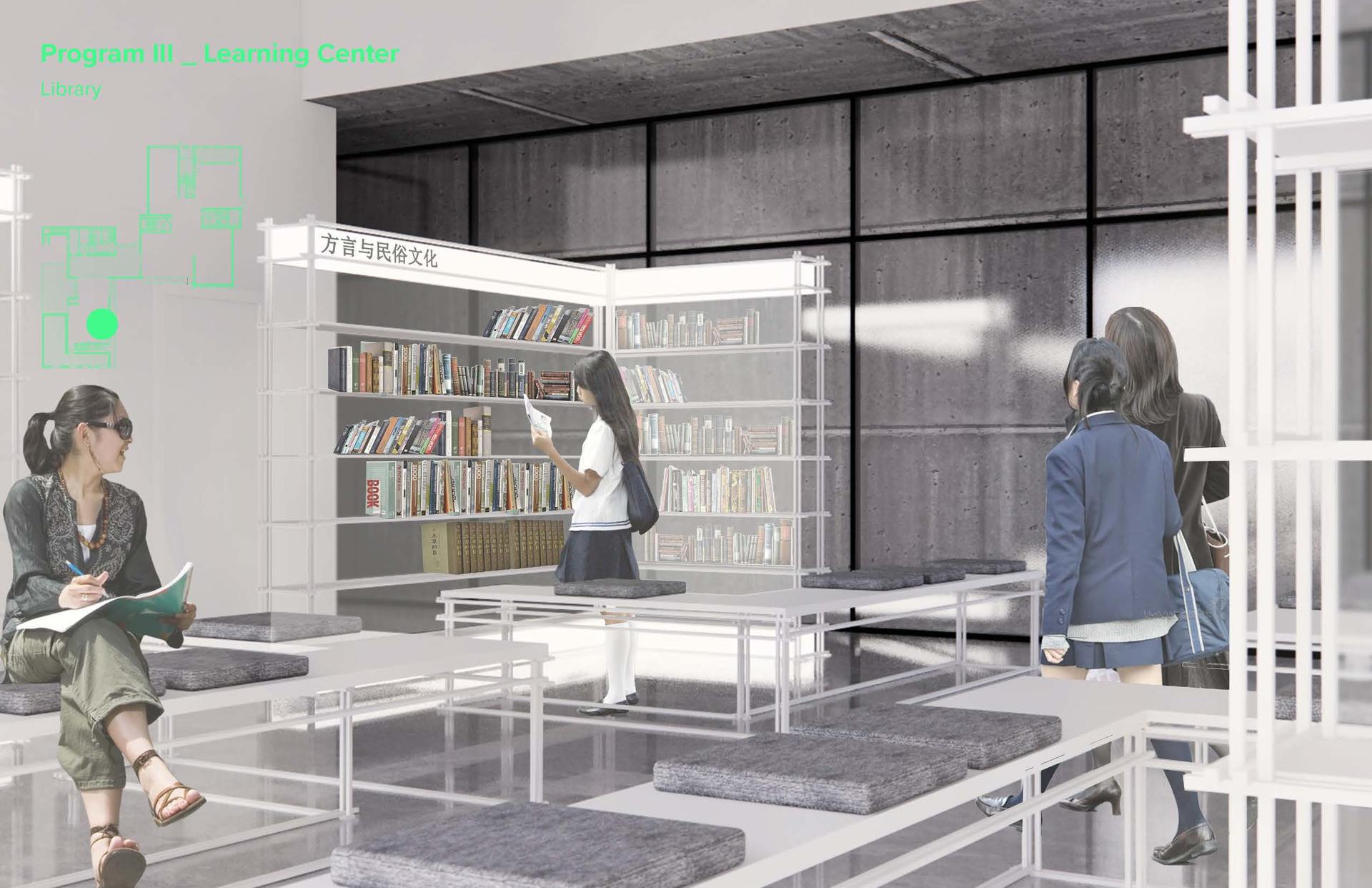
Image

Image
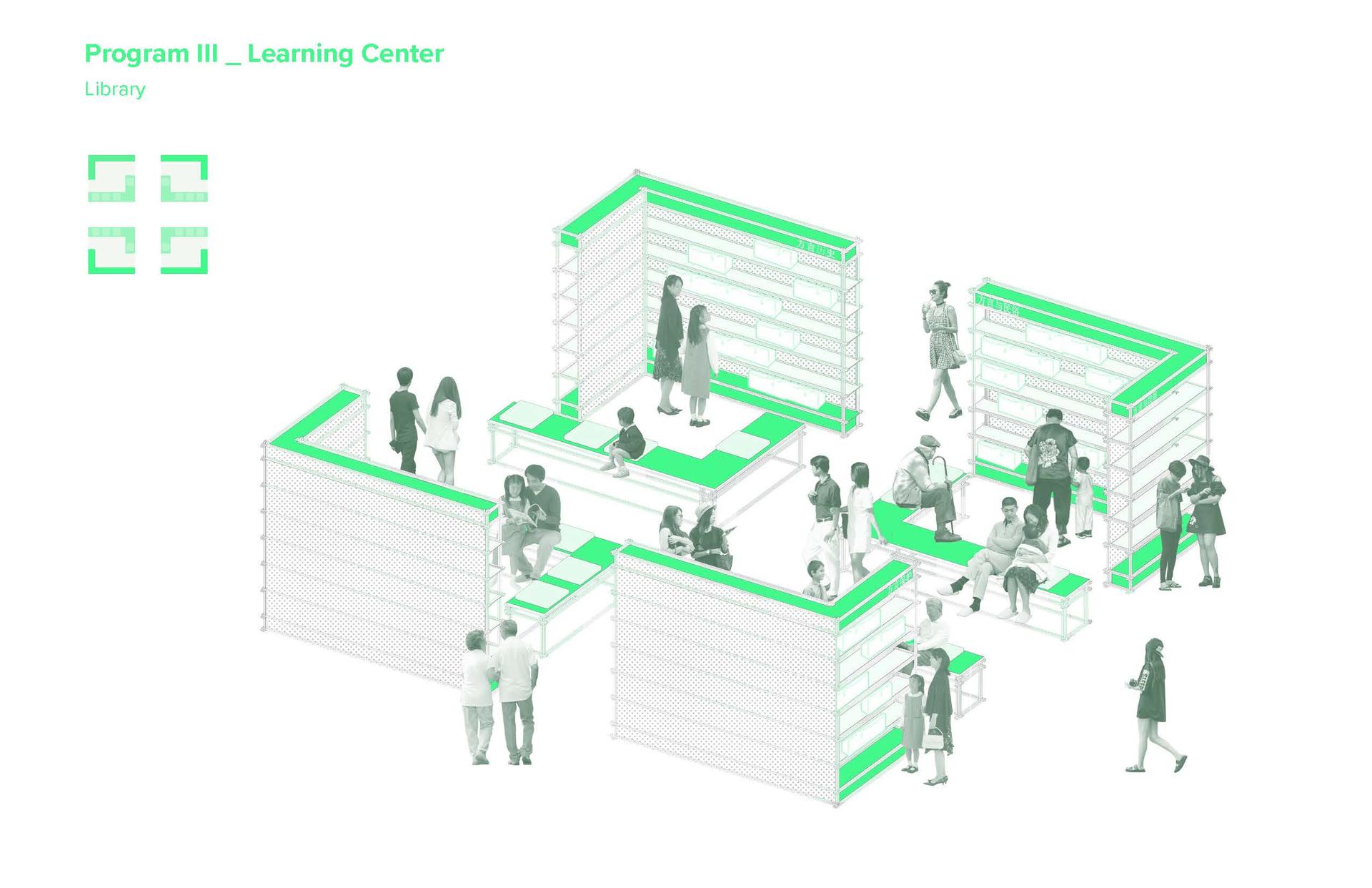
Image
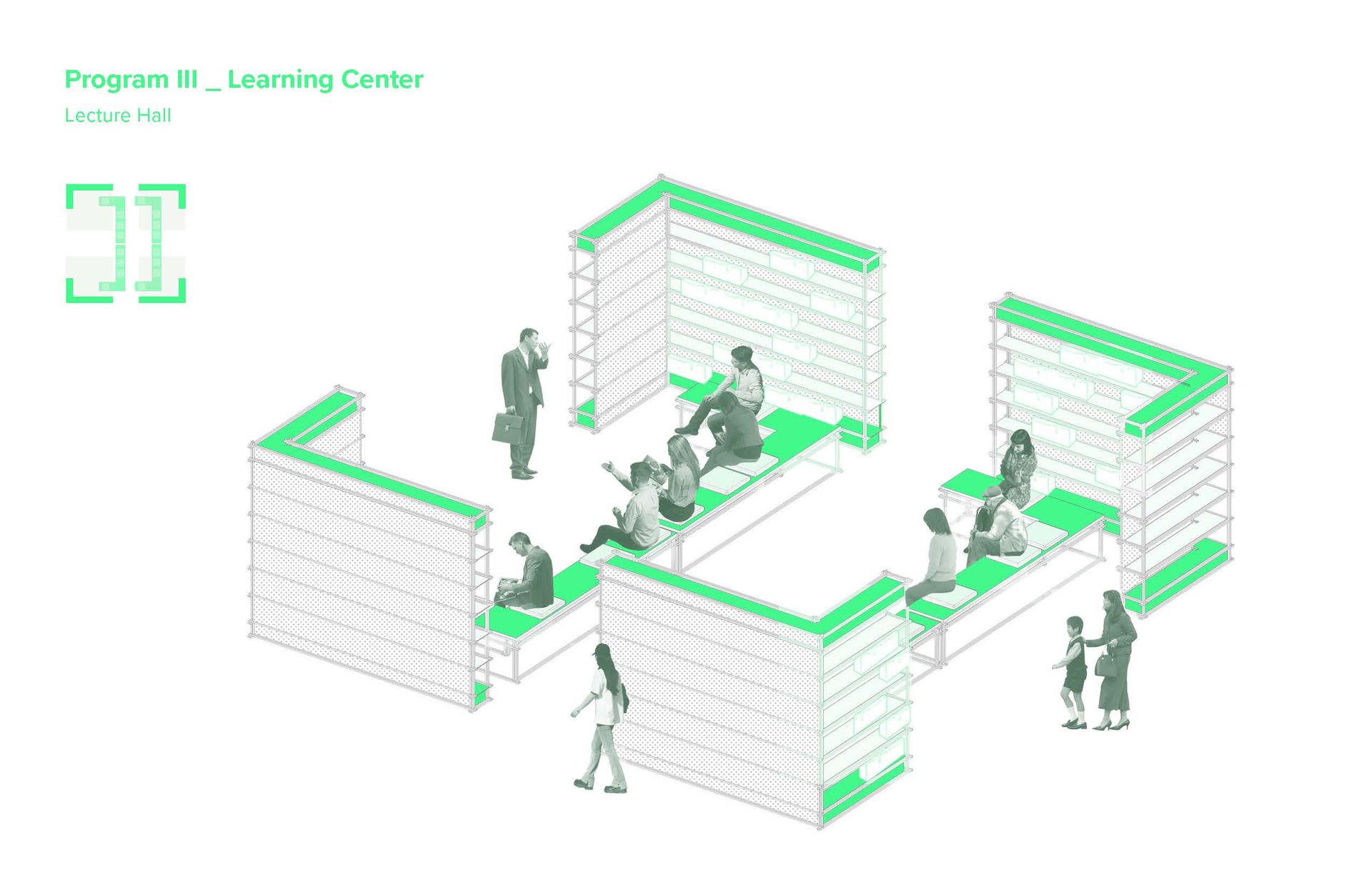
Image
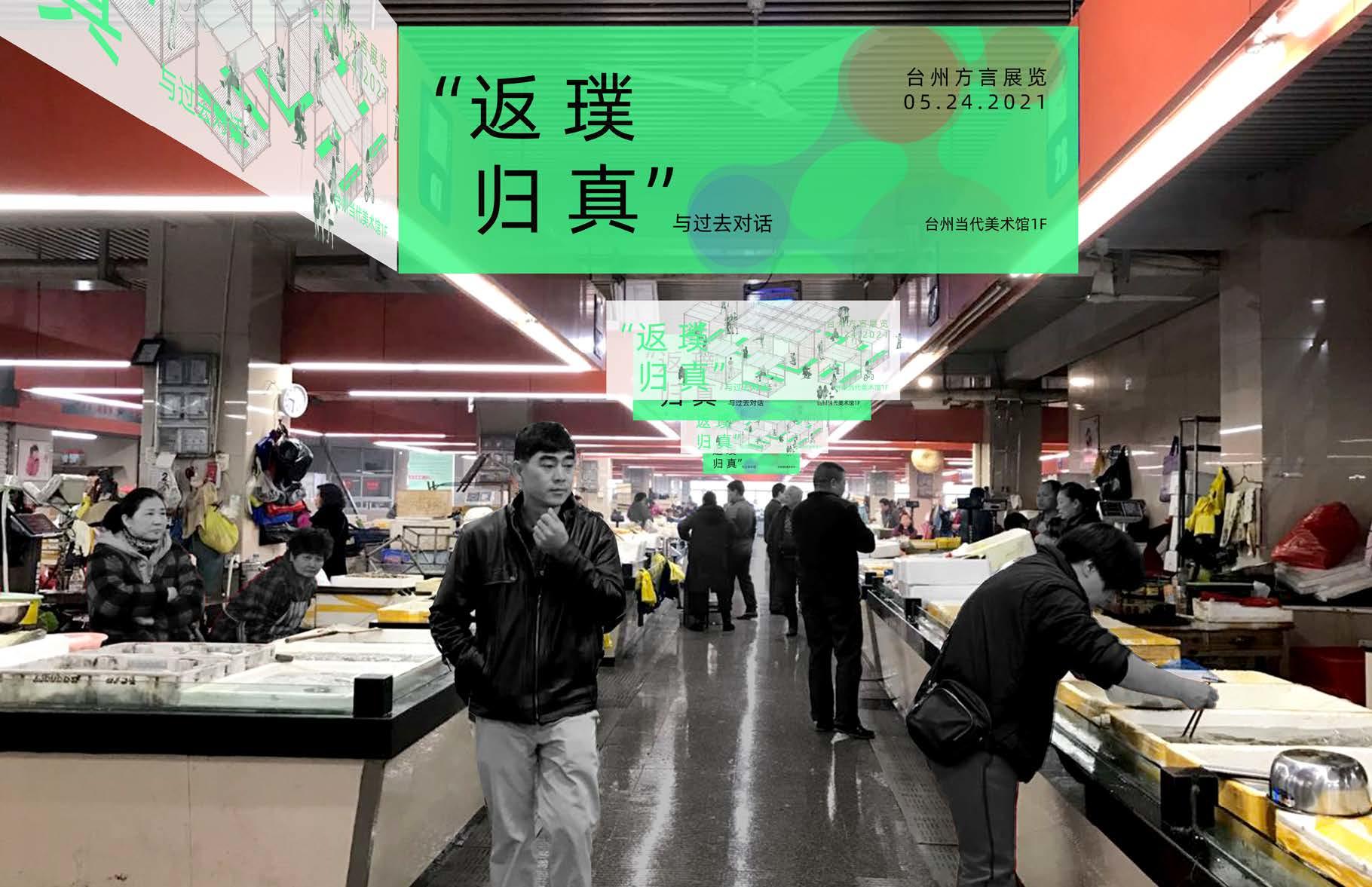
The acceleration of social urbanization and universalization of education in the past 30 years of China has promoted the popularization of mandarin among the public. Meanwhile, the dialect, as a unique regional language, is gradually dying away. In the city where I grew up, Taizhou, only the elders are likely to speak Taizhou dialect frequently in their life, while others prefer to use mandarin rather than dialect. The truth is the usage rate of dialect has gradually decreased from generation to generation. The primary goal of this thesis is to provide an opportunity for the public to “dialogue with the past” through an immersive language exhibition.
Image

ABSTRACT
The Taizhou Dialect is a local language spoken by residents of Taizhou City, on the southeast coast of China. This language is quite different from Mandarin in terms of pronunciation, words, and grammar. However, due to the acceleration of social urbanization and Mandarin popularization in the past 30 years of China, the usage rate of this local dialect is decreasing from generation to generation. An online questionnaire of 2019 shows that around 70% of the population in Taizhou City is accustomed to using Mandarin in daily communication, but no longer the dialect.
Protecting and popularizing the disappearing dialects is critical before they are lost forever. From the perspective of protecting multiculturalism, the dialect is a carrier of local Intangible Culture, the dying death of the dialect meaning these unique local cultures will also die away when the dialect no longer exists in our daily life. Furthermore,regional languages give people a sense of belonging and prompt emotional communication between neighbors. There is a well known ancient Chinese poem that makes clear the relationship between language, home and belonging: I was young when I went away and came home as an old man. My accent has not changed at all but my hair is now gray.
Unlike typical exhibitions that focus more on displayed objects, this project emphasizes and establishes the intimate connection between the audiences and the exhibit information through an immersive and interactive space hosted in Taizhou Contemporary Art Museum. As Taizhou’s first contemporary art center, the recently built Taizhou Contemporary Art Museum plays a significant role in Taizhou’s public art education. It is located inside of a cultural and creative center which is a major area of activity for residents nearby and also brings many young local people together. Dialects stories will be staged there and take the audiences to dialogue with the past.
